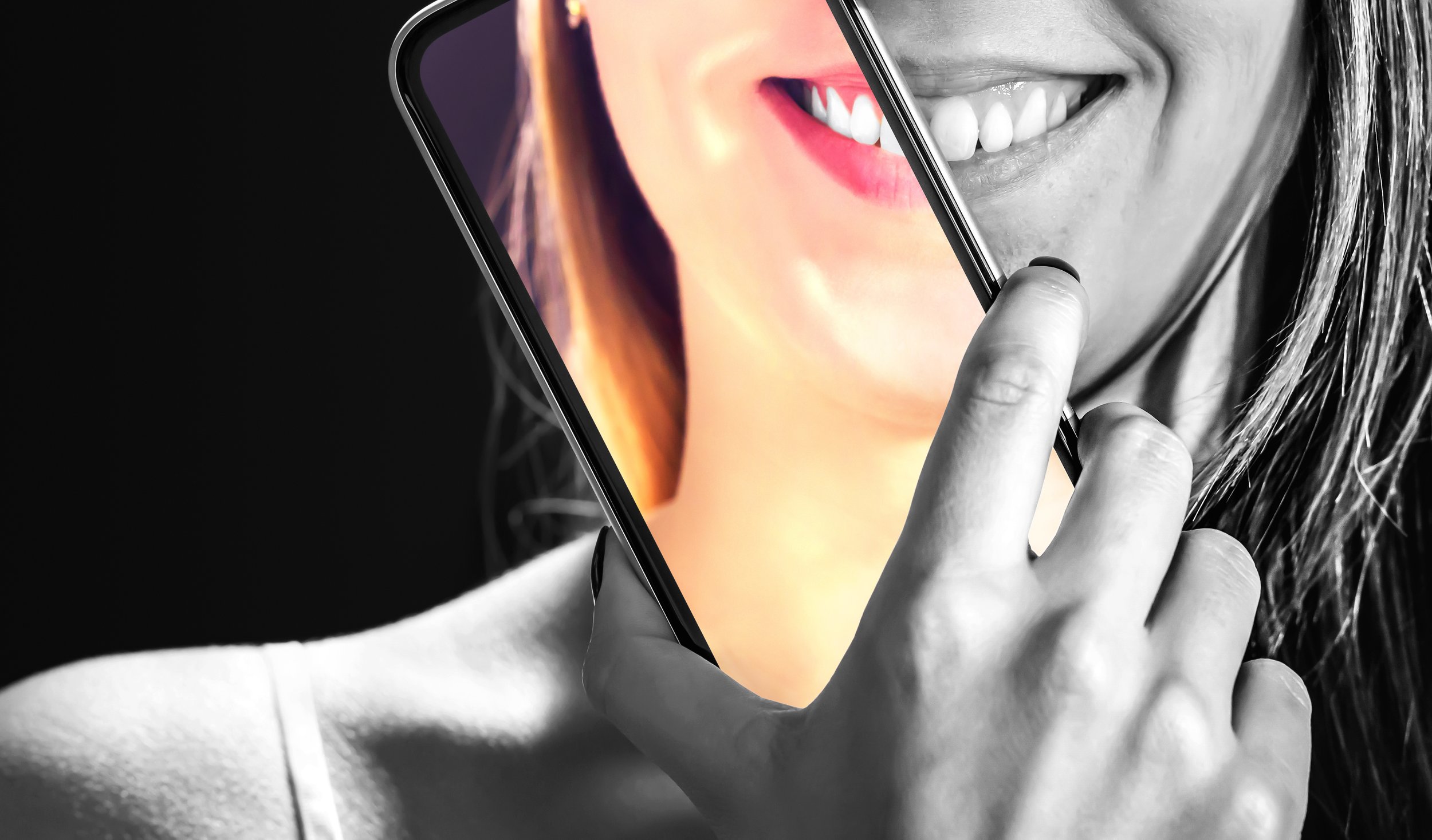my pov
Last week, I received a text from one of the kids. Its content included the following three letters: POV.
Having no idea what POV stood for - ignorant old mom that I am - I asked. “Just a TikTok thing - stands for ‘point of view’. Duh,” replied my kid.
So, this is my own POV for the week: I am concerned about technology and its effects on our mental health, as it seems to blur the line between what is real and what is not.
And I know I am not alone.
It came as no surprise when Dr. Vivek Murthy, the U.S. Surgeon General, declared a public advisory a few days ago, warning of the risks of social media usage for young people. And while he noted that we do not fully understand the effects of social media, there is evidence that it can “have a profound risk of harm to the mental health and well-being of children and adolescents.”
So, while we may not currently understand all of the effects of social media, what alarms me are the countless apps (Perfect Me, YouCam Perfect, Perfect365, to name just a few) that use filters to reshape, retouch, and enhance the pictures that we post so that they are not in fact real, but something closer to what society perceives as perfect. And these new and improved pictures can leave us feeling inadequate and ugly.
Certainly, technology encompasses far more than social media, and with the continuous buzz around ChatGPT, I decided to check it out for myself. I entered the query, “What are the risks of technology on our mental health?” and in less than thirty seconds, ChatGPT responded with the following:
The risks of technology on our mental health are multifaceted. Excessive use of digital devices and social media can lead to addictive behaviors, contributing to decreased productivity, disrupted sleep patterns, and difficulty in managing time effectively. The curated nature of online profiles and the constant exposure to others' highlight reels can foster feelings of inadequacy, loneliness, and low self-esteem. Cyberbullying and online harassment are prevalent, causing emotional distress and a negative self-image. The overwhelming influx of information and notifications can lead to information overload and heightened stress levels. To safeguard our mental well-being, it is crucial to establish healthy boundaries, practice digital wellness, and prioritize self-care in our technology usage.
Hmm. A perfectly constructed paragraph listing the risks of technology made me wonder if we would be better informed by a monthly column created by ChatGPT?
Or is it actually missing something crucial?
While “fake news” can be traced back to ancient times, its impact has been greatly intensified by the use of technology. Technology has enabled a speedier distribution of an enormous amount of news, across many platforms, often before it can be fact-checked.
And with the way that algorithms work, we are often separated into cohorts, receiving only information that reinforces what we already believe. This not only perpetuates a divide between people, but it also creates fertile ground for spreading false narratives. Simply put, it is hard to determine what is real and what is not, and that has led to distrust and cynicism.
But why is “real” so important?
Now, it’s just my POV, but “real” to me is the magic and sacredness of life.
Real is making mistakes; it’s the struggle. It is also the beauty and the triumph.
Real is the first scratch on a new car, the widening hole in a worn-out pair of jeans, and the sparkle of an engagement ring.
Real can be touched and felt and smelled and heard.
It is found in the precious moments of a new life, and at the bedside of a last breath.
It is the muddy dog that ran through the house leaving a muddy trail moments before jumping onto the new white sofa.
It’s the unique voice of a writer.
And it’s the sump pump that broke at the end of a crappy week (both figuratively and literally).
I can’t talk about “real” without referencing one of my favorite childhood stories – “The Velveteen Rabbit” by Margery Williams. It is the tale of a rabbit, once a new and shiny stuffed animal, who allows himself to be loved so hard by a small boy that, over time, the rabbit loses its sheen and stuffing. When the boy moves on, the rabbit is heartbroken and cries a real tear. A fairy then turns him into a “real” rabbit.
So, real is not found in the altered and airbrushed posts of our Instagram feeds, or the perfectly crafted essays authored by ChatGPT, or in the fake news that is disseminated at great speed throughout the globe.
The Velveteen Rabbit is a good illustration that we are real when we are vulnerable and imperfect and permit ourselves to be fully seen (and loved) by others.
And - POV - that kind of real is worth protecting.

